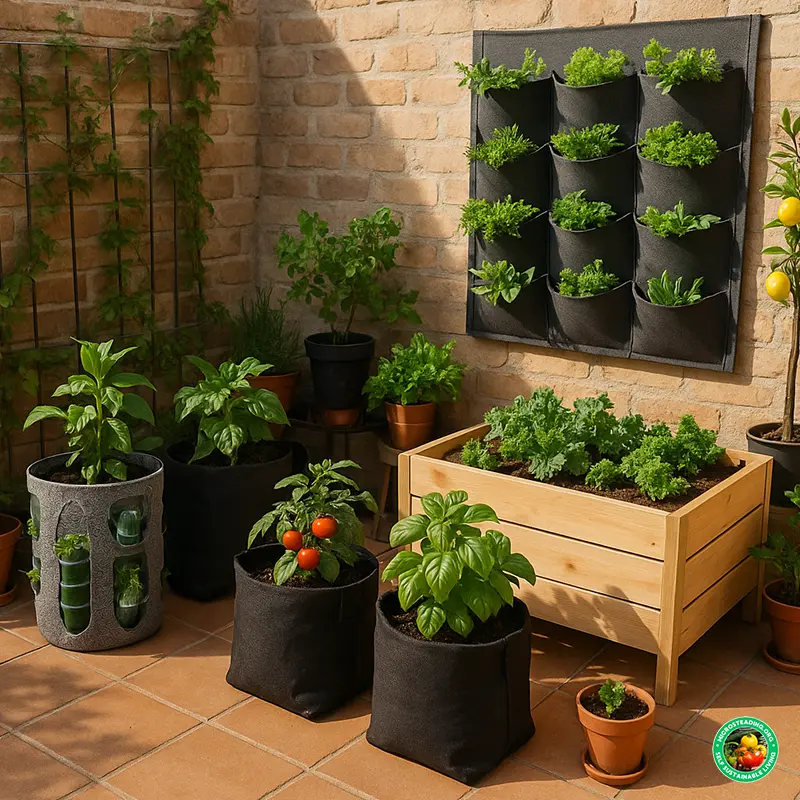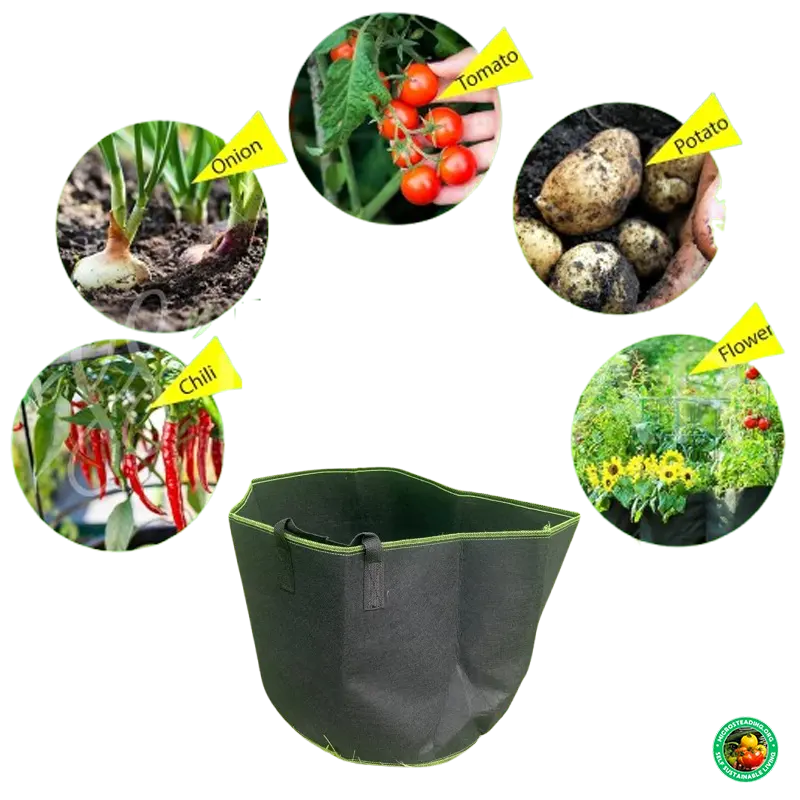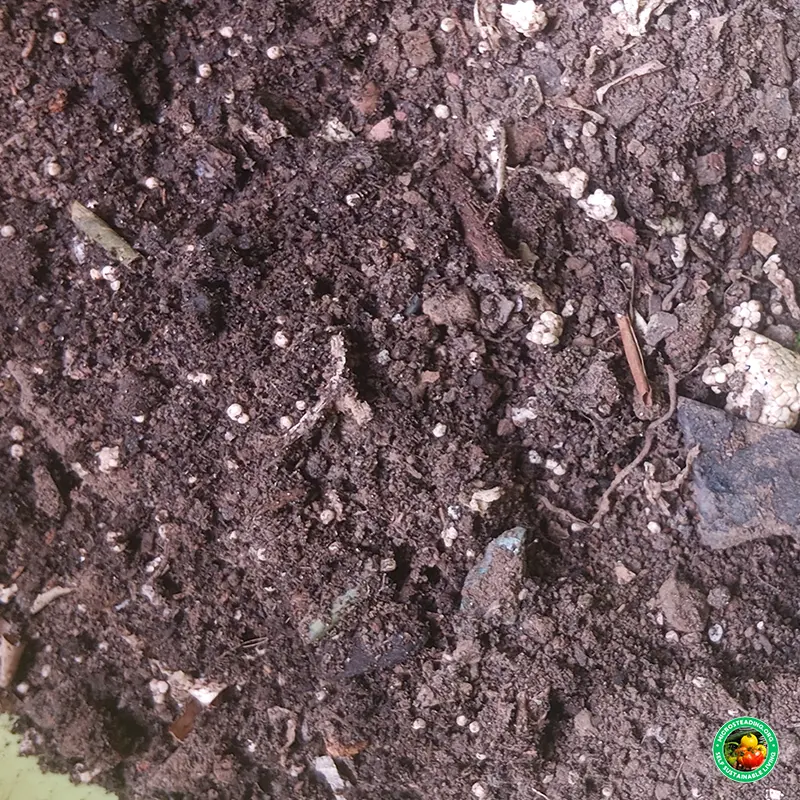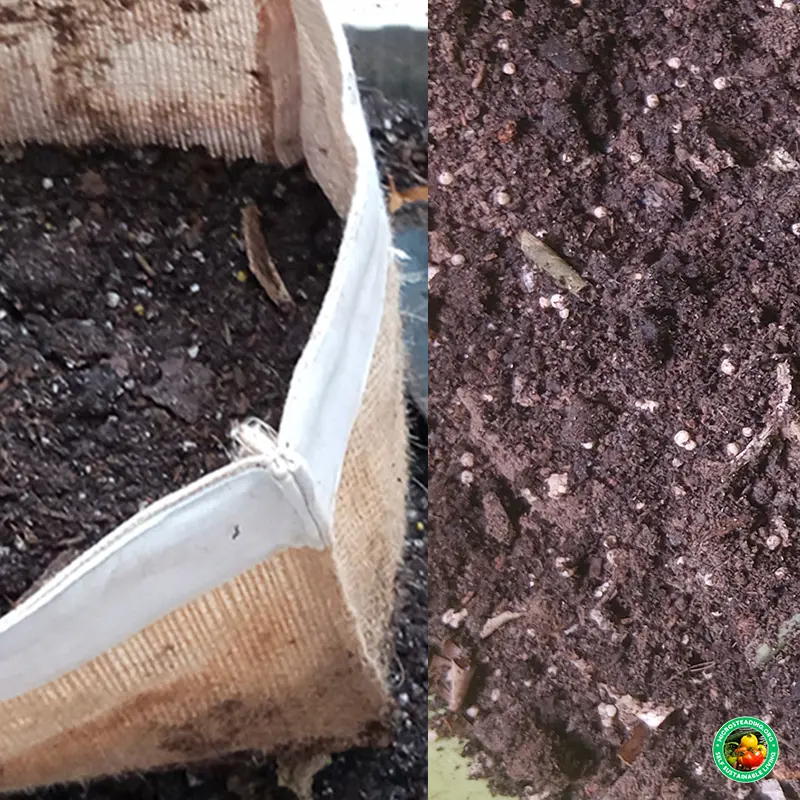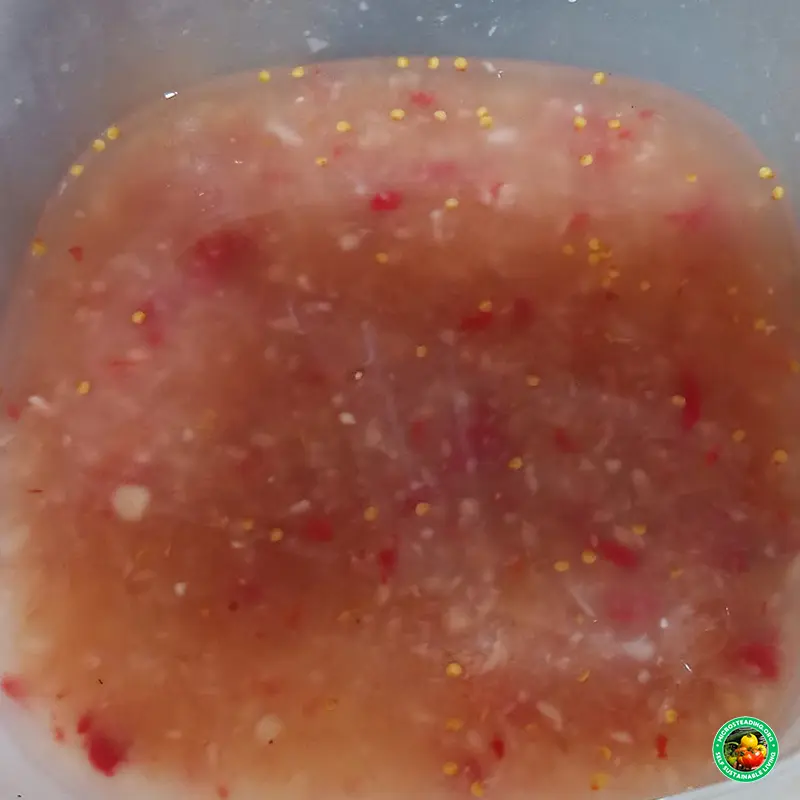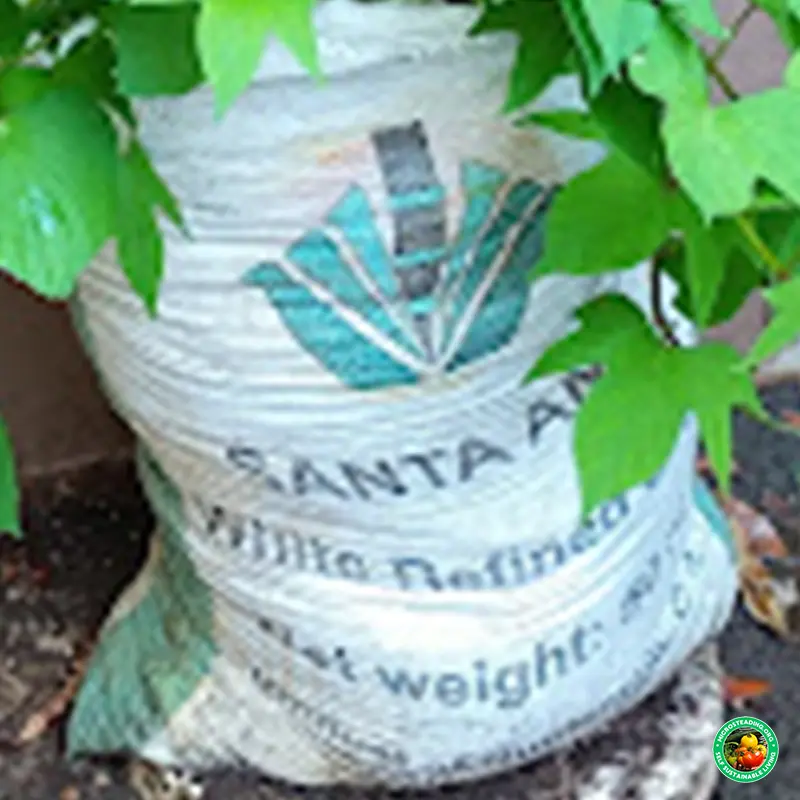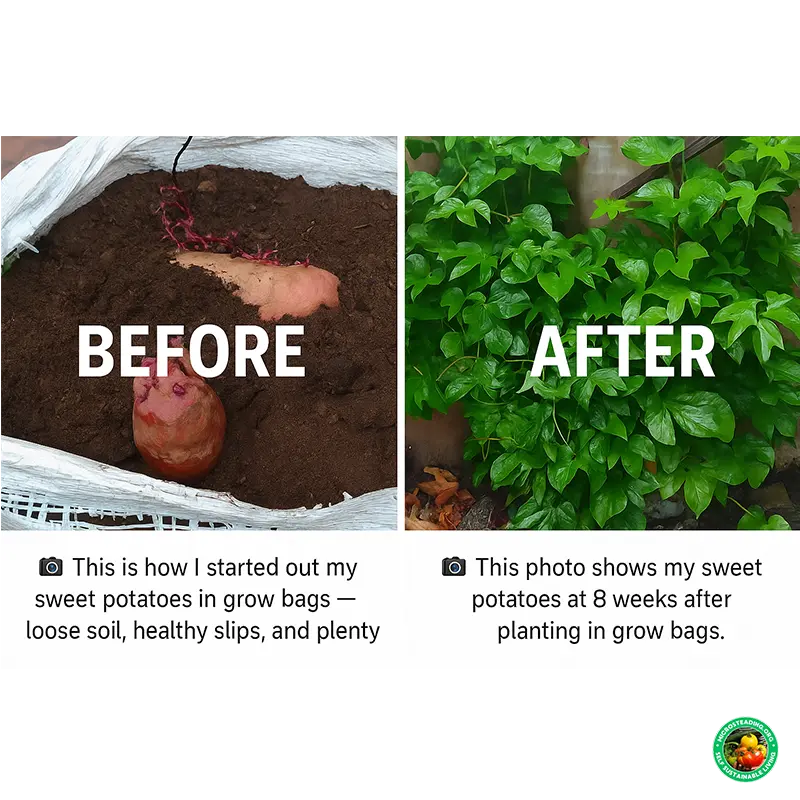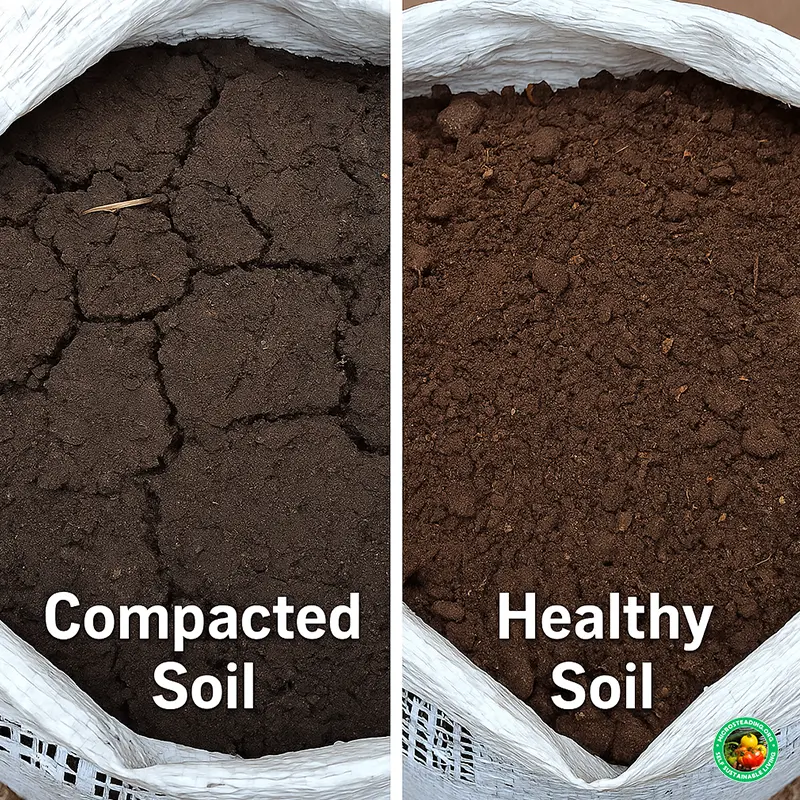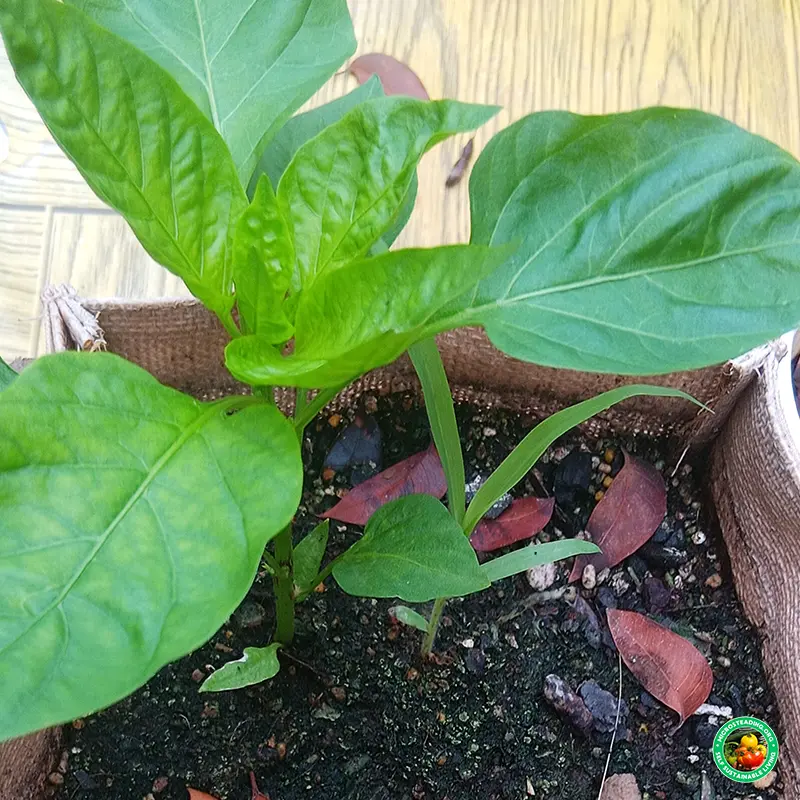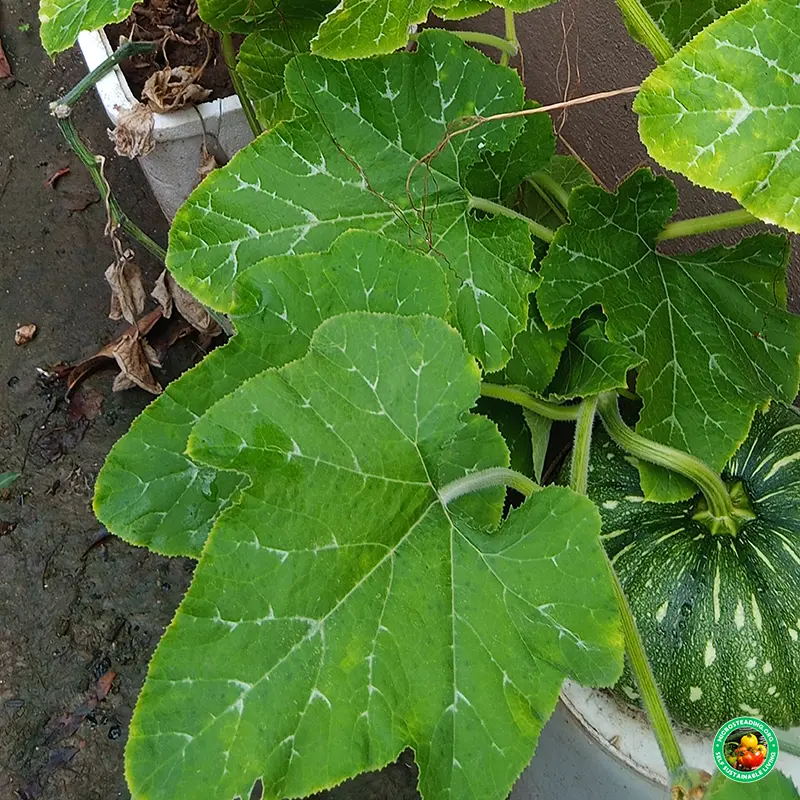Choosing the Right Size Grow Bag for Every Crop
When you are growing your crop in bags, size truly matters. Pick a bag that’s too small, and your plants will struggle. Go too big, and you might waste valuable soil and space. The good news? Once you understand how roots behave and how much room each crop needs, choosing the right grow bag size becomes second nature.
Whether growing herbs on a balcony or potatoes in a backyard microstead, this guide helps you match the bag to the plant for better yields and less frustration.
Why Grow Bag Size Is So Important
Grow bags don’t behave like traditional containers. They’re breathable, which encourages strong root pruning and aeration. But they also dry out faster and don’t have infinite space. If your plant’s root system outgrows its bag, it becomes root-bound or nutrient-deficient.
The right size means:
- Stronger roots
- Proper moisture retention
- Room for nutrient uptake
- Less stress during hot spells
- Higher productivity overall
Grow Bag Size Chart by Crop Type
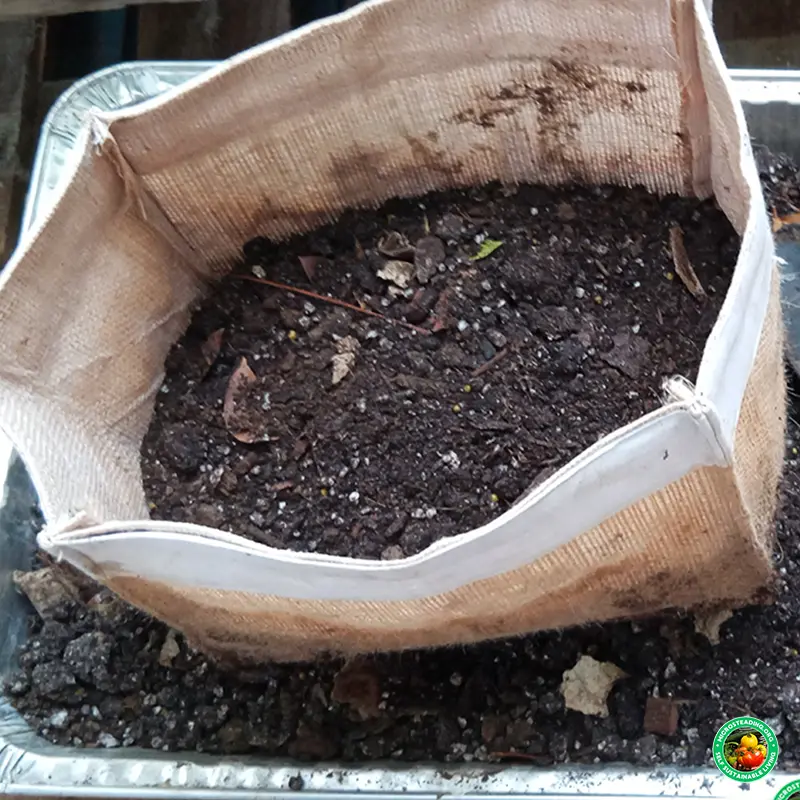
Here’s a quick guide to match crops to bag size:
1-gallon bags
Best for: Small herbs like thyme, chives, cilantro
Notes: Great for windowsills or tight balcony spots
3-gallon bags
Best for: Lettuce, spinach, arugula, green onions
Notes: Perfect for quick-growing leafy greens
5-gallon bags
Best for: Bush beans, basil, dwarf tomatoes, strawberries
Notes: A versatile mid-size option for most microsteaders
7-gallon bags
Best for: Peppers, carrots, beets, eggplants
Notes: Roomy enough for root development and deep feeders
10-gallon bags
Best for: Full-size tomatoes, cucumbers, squash, potatoes
Notes: Ideal for one large plant or two smaller ones with a stake or cage
15–20 gallon bags
Best for: Multiple plants in one bag, large indeterminate tomatoes, sweet potatoes
Notes: Great for deep-rooted crops and mixed plantings
Depth vs. Width: Which Matters More?
Both are important, but most vegetables prioritize root depth over width. For example, carrots need deeper bags (12+ inches), while lettuces can grow happily in shallower ones.
Use this rule of thumb:
- Leafy greens: 6–8" deep
- Root veggies: 10–14" deep
- Fruiting crops: 12–18" deep
- Potatoes & sweet potatoes: 15–20" deep
Can You Overdo It?
Yes. A giant grow bag with one tiny plant wastes soil and water. It can also cause soggy conditions if the plant doesn’t drink enough, leading to root rot. Match the container to the plant, not the other way around.
That said, upsizing is fine as long as drainage and airflow stay balanced. Just don’t plant one basil in a 20-gallon bag—fill that space with companion plants.
Best Size for Companion Planting in One Bag
Want to grow a small polyculture or companion guild in a single bag? Go for a 10 to grow bag 20-gallon and follow spacing guidelines:
- 1 tomato + 1 basil + 1 marigold
- 2–3 lettuces + radishes + dill
- Peppers + onions + parsley
Just be sure all the companions share similar root depth and watering needs.
Bag Size and Portability
Smaller bags (1–5 gallons) are ideal if you move your plants often due to sunlight changes or storm protection. Larger bags (10+ gallon) are best kept in one spot—they get heavy when filled with moist soil.
If you’re doing balcony or rooftop growing, consider mixing sizes so you can shift crops around easily.
Pro Tip: Start Smaller, Then Size Up
When you start seeds, you don’t need a full-size grow bag. Start them in trays or 1–3 gallon bags, then transplant into larger ones as they develop. This saves soil and gives you flexibility to test layouts before final placement.
Bag size is only half the equation. Where you place it matters too. Please read our guide on Grow Bag Placement for Sunlight to ensure your crops get the light they need to thrive.


